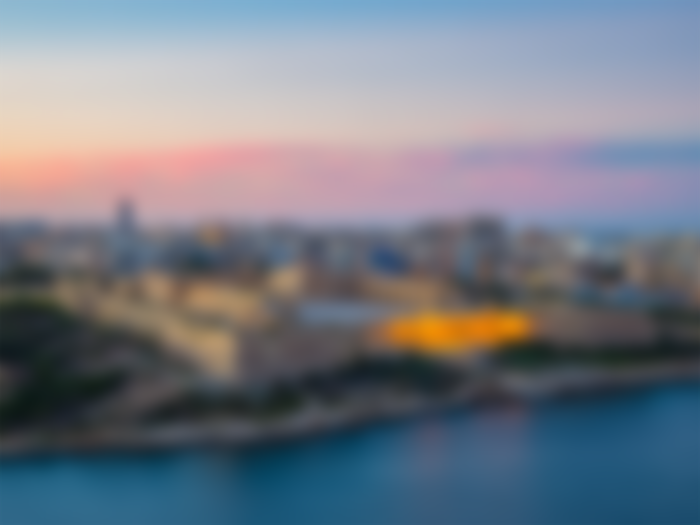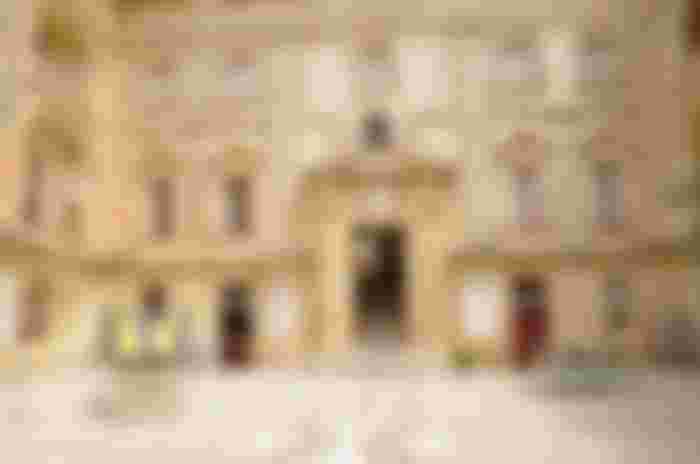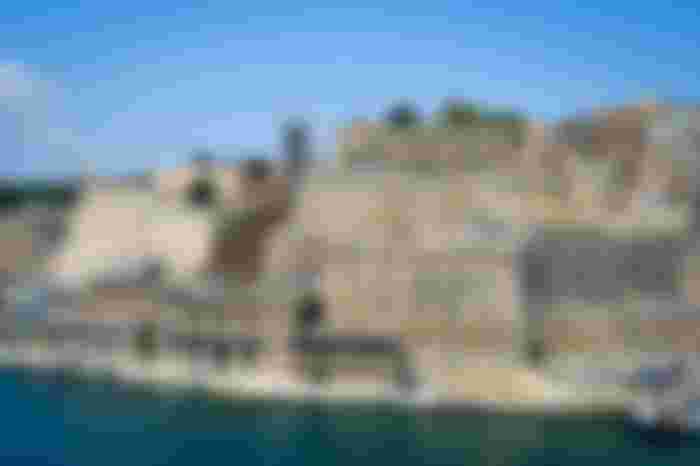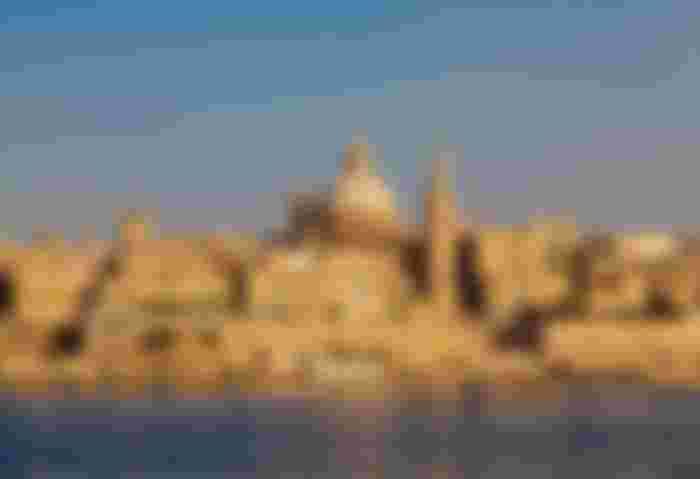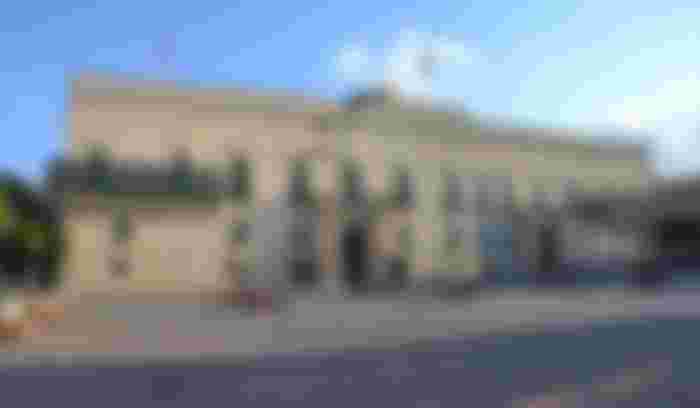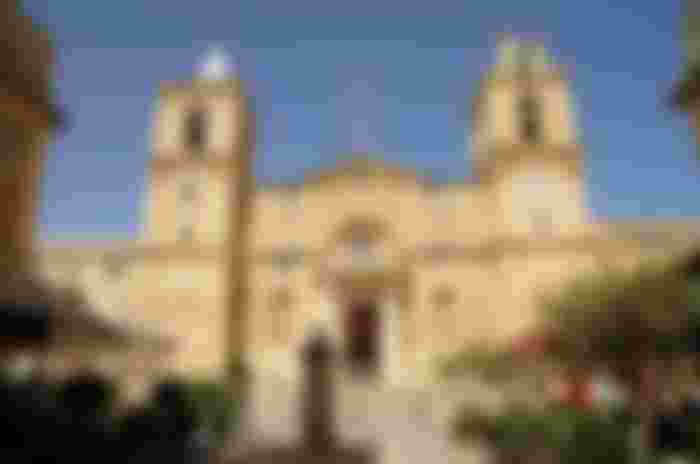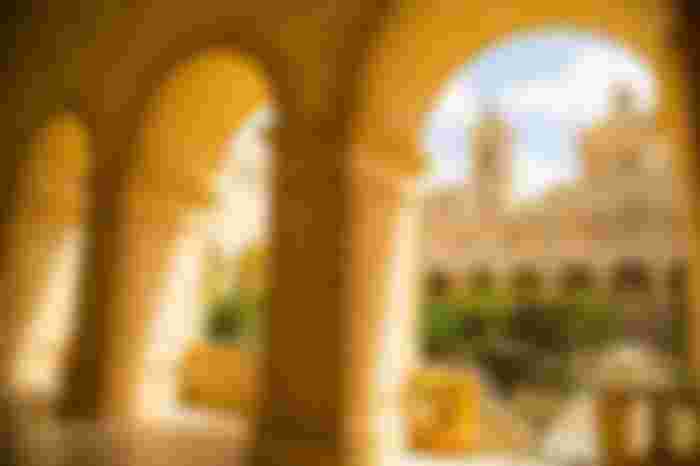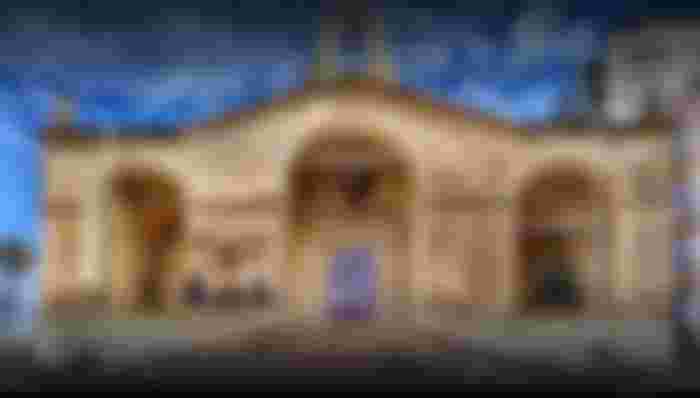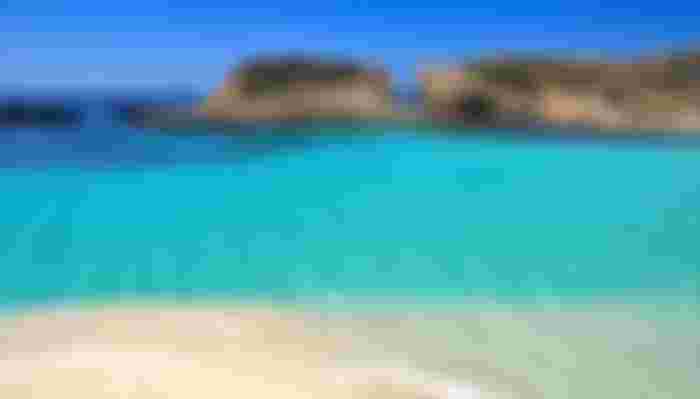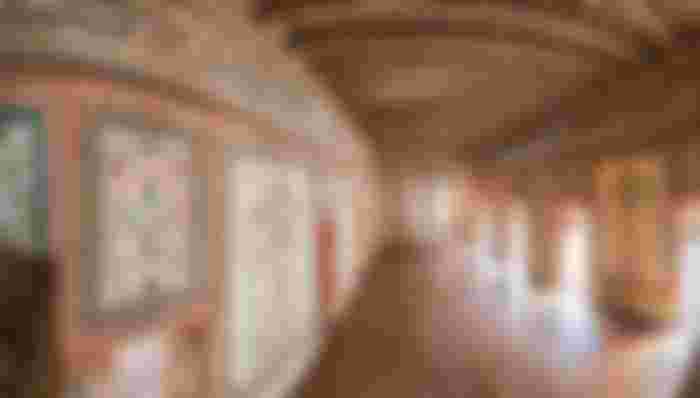Malta is one of the smallest countries in the world. Its total area is 316 square kilometers. The Republic of Malta is located about 100 kilometers south of the island of Sicily in Italy and 1,826 kilometers east of the Strait of Gibraltar. With a population of only four million, the country consists of five islands. Of the five islands, three are largely inhabited - Malta, Gozo and Comino. Historically, the country's political importance has been immense due to its location in the Mediterranean. The country has borne witness to many bloody wars in the past.
The Mediterranean state of Malta is a witness to history
Malta has always been an important place because of its geographical location since ancient times. The country has been repeatedly attacked by external enemies. The Phoenicians, Romans, Byzantines, and even Arabs have left their mark on the country. The Phoenicians in 800 BC, the Carthaginians in 400 BC occupied the country and ruled for about two hundred and fifty years. In 218 BC, the region came under Roman rule. In the fourth century, the Roman Empire divided Malta into east and west. The eastern part of Malta, which was under the Roman Empire, later became known as the Byzantine Empire. In 870 AD, Malta came under Arab rule. The Arabs ruled the country for more than 200 years.

In 1530, the warriors of the Knights of St. John in Jerusalem were expelled from the country and settled on the island. To protect themselves, they built a walled fort and settled there permanently. In 1565, the Ottoman army of 40,000 Turks fought a major battle with the Knights of St. John. The Turkish army was defeated in the battle. The country was occupied by the British in 1814 and Malta became part of the British colony. For about one and a half centuries, Malta was part of the British colony.

During World War II, Italian and German forces bombed the country extensively. Even in those terrible days, the Maltese people did not run away in fear. Fearless, steadfast, steadfast has saved the island. In 1942, King George VI of Britain awarded the George Cross to the people of Malta for the extraordinary adventures of the unarmed Maltese.

The Malta Independence Bill was passed in the English Parliament in 1964. After independence, the country became known as the 'State of Malta'. Queen Elizabeth II was the head of state. In 1974, the country was renamed the "Republic of Malta". In 2004, the country became a member of the European Union.
Malta is a country rich in culture and heritage. The country occupies a large place in the tourism industry. The country is very attractive to tourists due to its warm climate, historical sites, aesthetic architecture and entertainment facilities.
Valletta
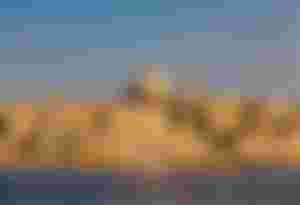
Valletta is the capital of Malta. The city was founded about four hundred and fifty years ago. The city is named after Grandmaster Jean Parizo de la Valletta. The main attraction of this city is The Grand Masters Palace. One of the oldest and most beautiful palaces in the city. At present a part of the palace is used as the office of the President. And the rest of the palace has been kept open for tourists. Republic Square is very close to this palace. Tourists flock here for some time to visit, cafes and restaurants to taste the delicious food.
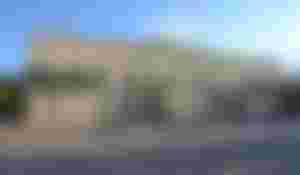
Valletta has more than 300 historical monuments, such as forts, churches and palaces. And for this reason, UNESCO has recognized this city as a part of the world heritage. Roadside houses in the city are made of limestone. As you walk past the old houses of the city, you see the colorful balconies made of wood. A touch of old tradition can be felt on these balconies. There are many churches in Valletta. Among them St. John's Co-Cathedral is famous for its artistic craftsmanship.

Gojo
Gojo is a small island off the coast of Malta. The island of Malta is connected by ferry to Gozo Island. There are several places of interest in Gojo. In addition to the Maltese Temple, Princeton Beach, and the Inland Sea, important Maltese archeological sites dating back to 3,500 BC, there are a number of spectacular castles, churches and greenery on the horizon. And there are natural limestone arch windows in the spectacular Azure, located on the west coast of the island of Gojo. There are also many medieval patterns scattered throughout the city.

Many ancient villages stand on a small hill on the island. Most of the villagers are members of the fishing community. They make a living by extracting fish from the sea. Although the island is not very developed, tourists enjoy all the wonderful features of antiquity and tradition. Many people prefer the island for a quiet, secluded holiday. Many people like to swim and surf in the Ramla sea here.

Rabat
Rabat is a historically important place in Malta. In the past it was the Roman ‘City of Melta’. Now it is the main commercial center of the city. There is a historic church called St. Paul's Shipwreck Church. About 60 BCE, St. Paul's ship sank off the coast of Rome. He took refuge on an island here while floating. The church was built to commemorate the shipwreck. This church is big and beautiful. The church is surrounded by green gardens and flower paths. On one side, water is flowing from a small spring. As if a divine scene is being filmed in this place.

Another major attraction of Rabat is St. Paul's Cataclysm. It is a five hundred year old cemetery. However, in the Middle Ages it was also known as a place of worship. Other attractions in Rabat include the Malta Aviation Museum, the ancient architectural monument Damas Romana, and the 16th-century Casa Bernard Palace. The sea on one side of the road, row upon row of houses on the other. The design of each house is as innovative as the color variation. There is nothing wrong with trying to decorate the city.
Comino Island
Although a small island, the Blue Lagoon is the main attraction of the island. This Blue Lagoon is one of the best beaches in Malta. This Blue Lagoon is located between Comino and Comintoto Islands. Surrounded by rocks, the lagoon looks like a natural swimming pool.
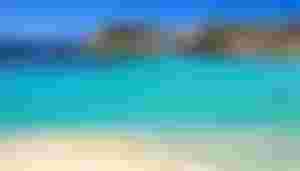
Comino Island
An ideal place for surfing and scuba diving on a sandy beach and clear blue water beach. That is why the crowds of tourists stay here. There is a sanctuary for birds. The area has been recognized as a natural reserve forest for its natural beauty. No traffic was allowed on the island. So there is no road anywhere. You have to walk around the island.
Blue grato
Another interesting place on the island of Comino is the Blue Grato. A hill of limestone. Light blue sea water is crashing on the yellow coated white stone hills. For eternity, soft limestone has been eroded by water waves and created several small and large caves in the mountains. The bright blue rays of the sun reflect the deep blue color of the water in the cave, while the light on the yellow stone covered with yellow abir reflects the blue water of the sea.

The mountain cave is home to rock thrush birds. How many tourists reach the mountain in small boats hoping to see the bird. After Blue Gratto, there is a very old village called Jure-ri Aye. Then the hills again. The whole south coast is surrounded by low hills.
Church of St. Mary
This domed church was built in 1860. It is the third largest domed church in the world. The head of the church is dome shaped. Huge dome. This church is also known as 'Mosta Dom' because of its large dome. Hanging dome 122 feet in diameter, with no pillars in the middle. The arched pillars and triangular cornices are designed in the Roman pantheon. The church is decorated with many valuable things. The wall designs are all covered with gold. The floor stones are made with intricate geometric designs.
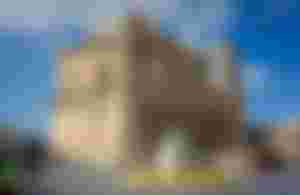
There are many legends about this church. It is said that the church was bombed three times in 1942 during World War II. Two of them fell on the dome and fell on the other side. And when the third bomb went off, there were 300 priests in the church. Surprisingly, the bomb did not explode when it landed on the dome. There is a portrait of the bomb in a room outside the church.

What if Malta is a small country? There is so much to see in the country. Grandmaster Manuel de Vilhena Castle, next to Manuel Island, is a must see if you want to spend some time exploring the beauty of the gardens, the Upper Barakka Gardens or the Maltese Archaeological Museum. And the city of Medina is there for shopping in solitude and walking alone with loved ones on the streets.
Thanks for reading this article for so long.
If you like it Upvote Can give.
